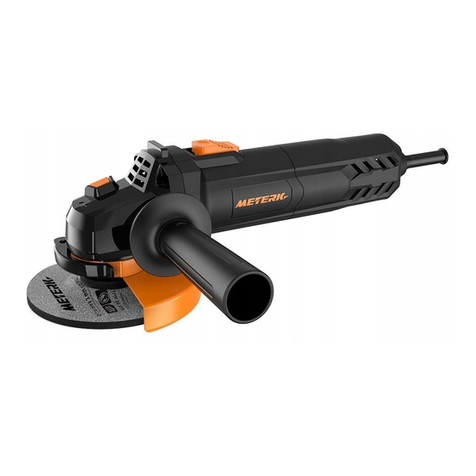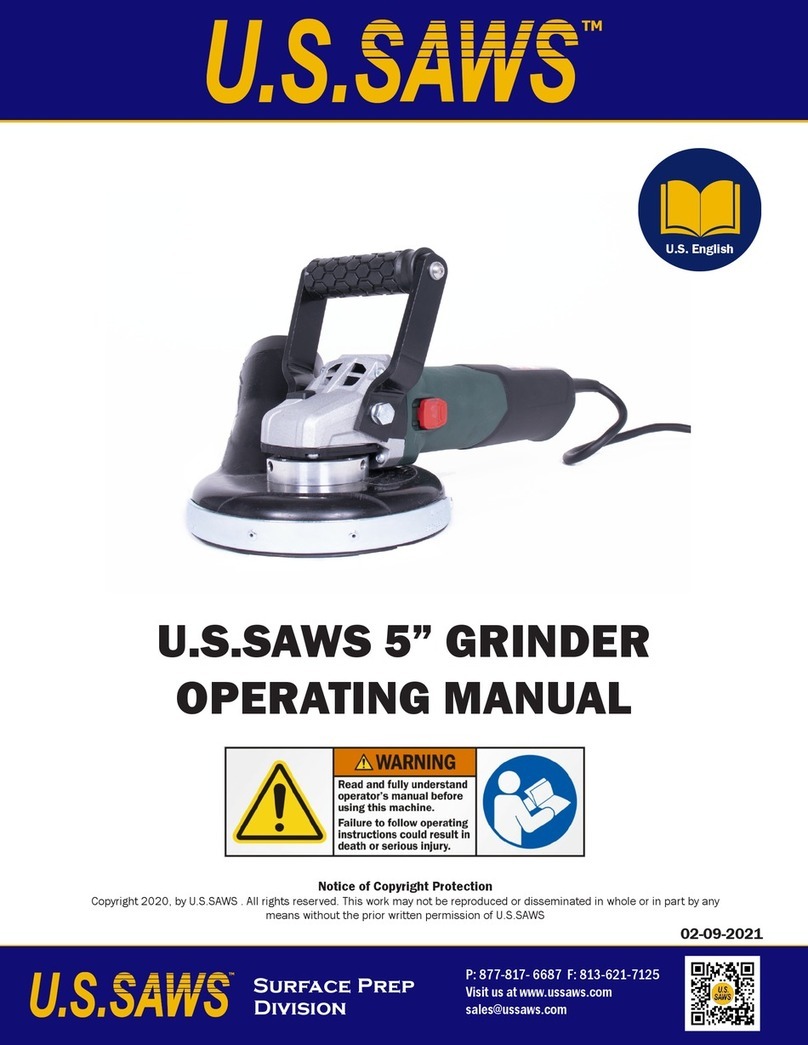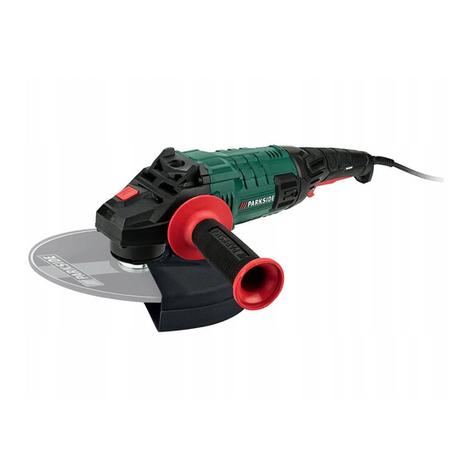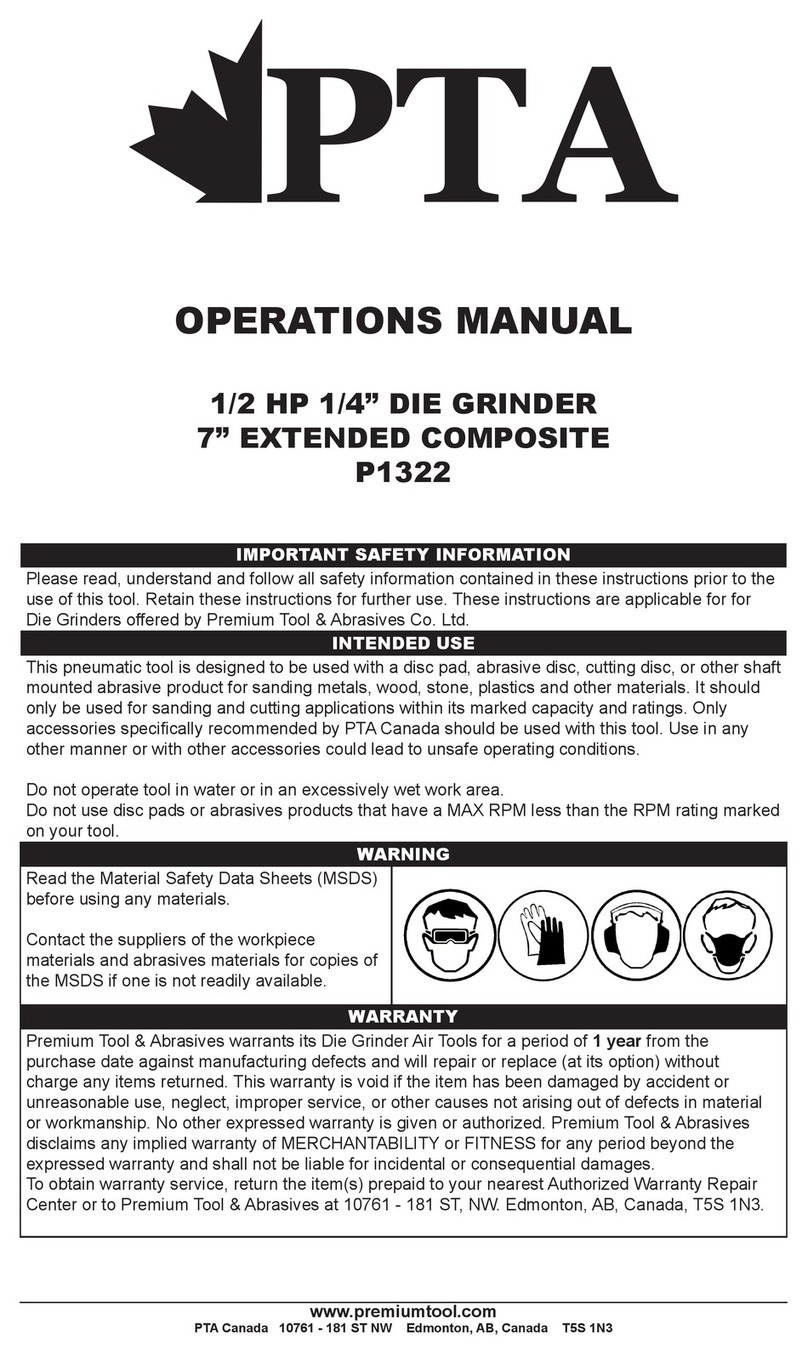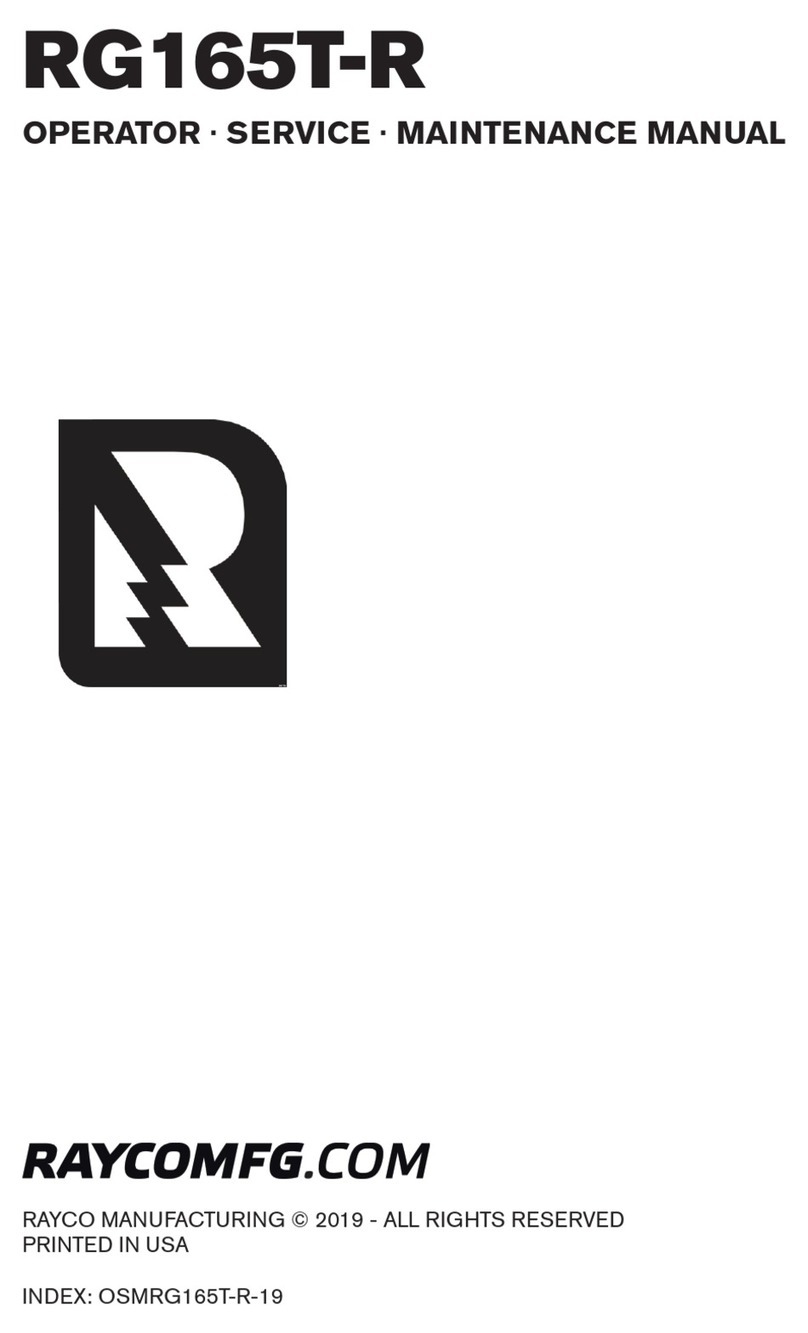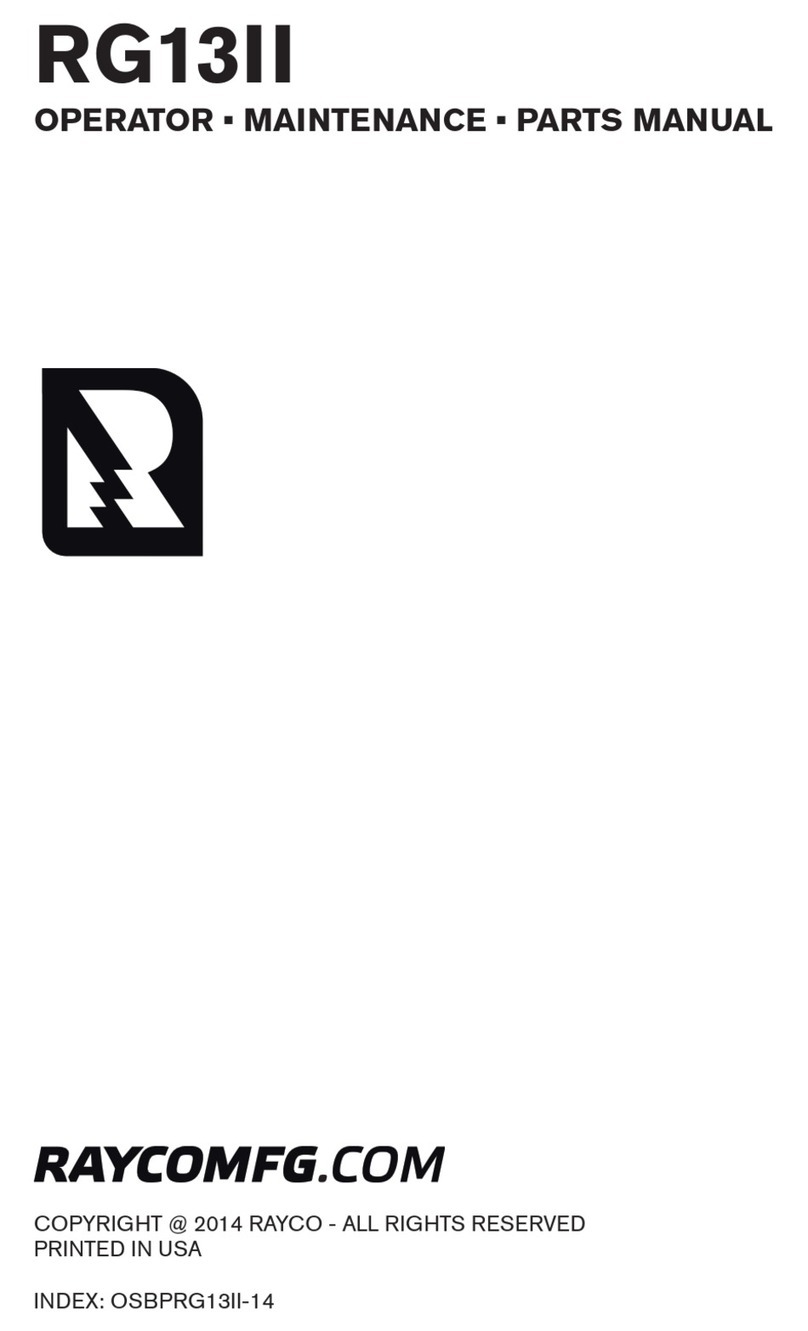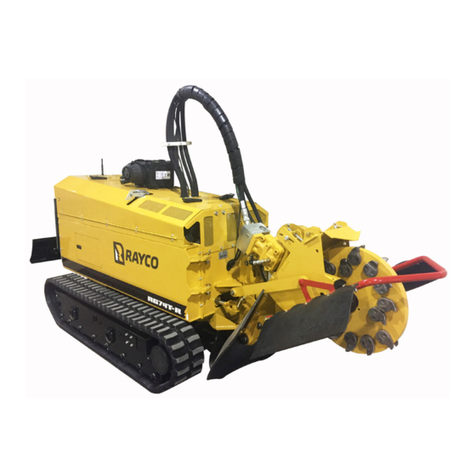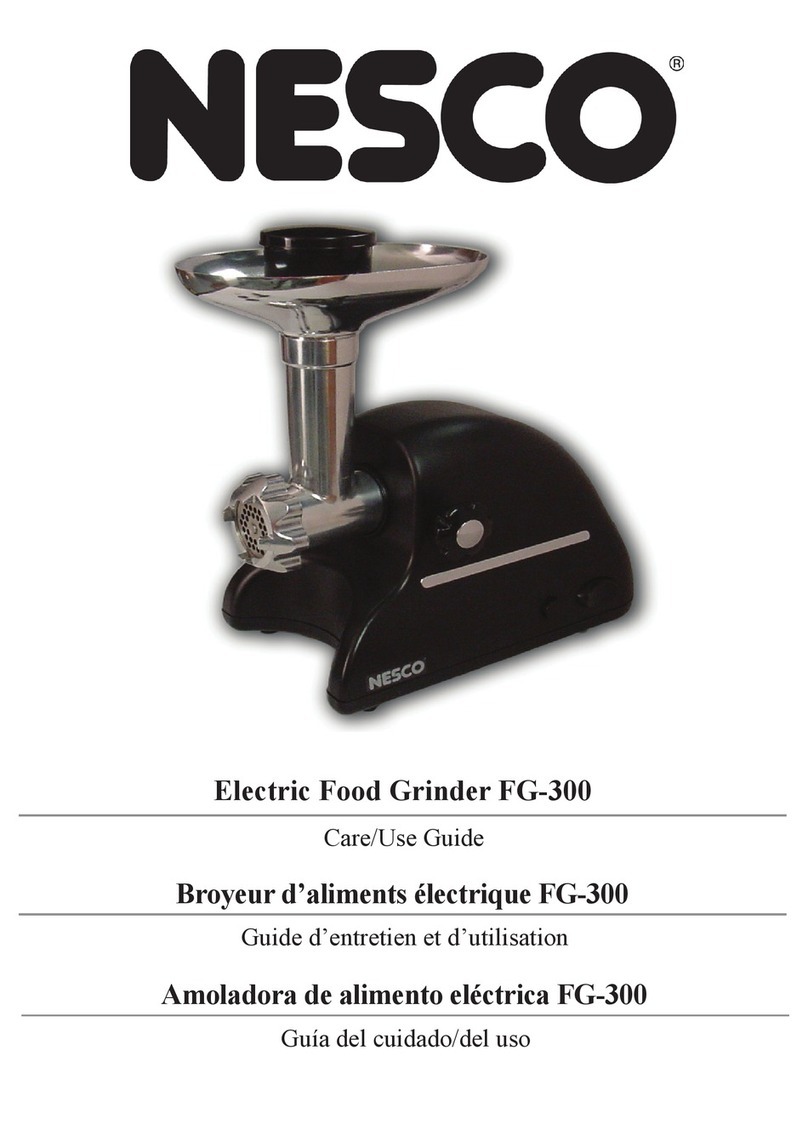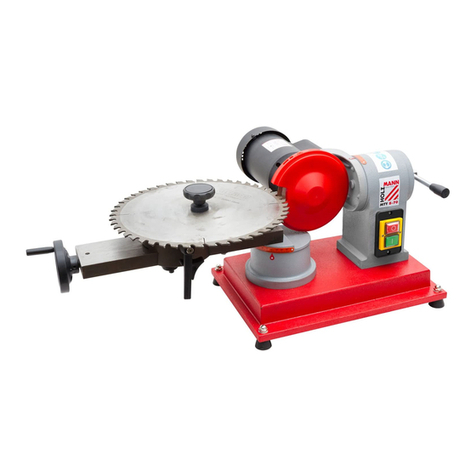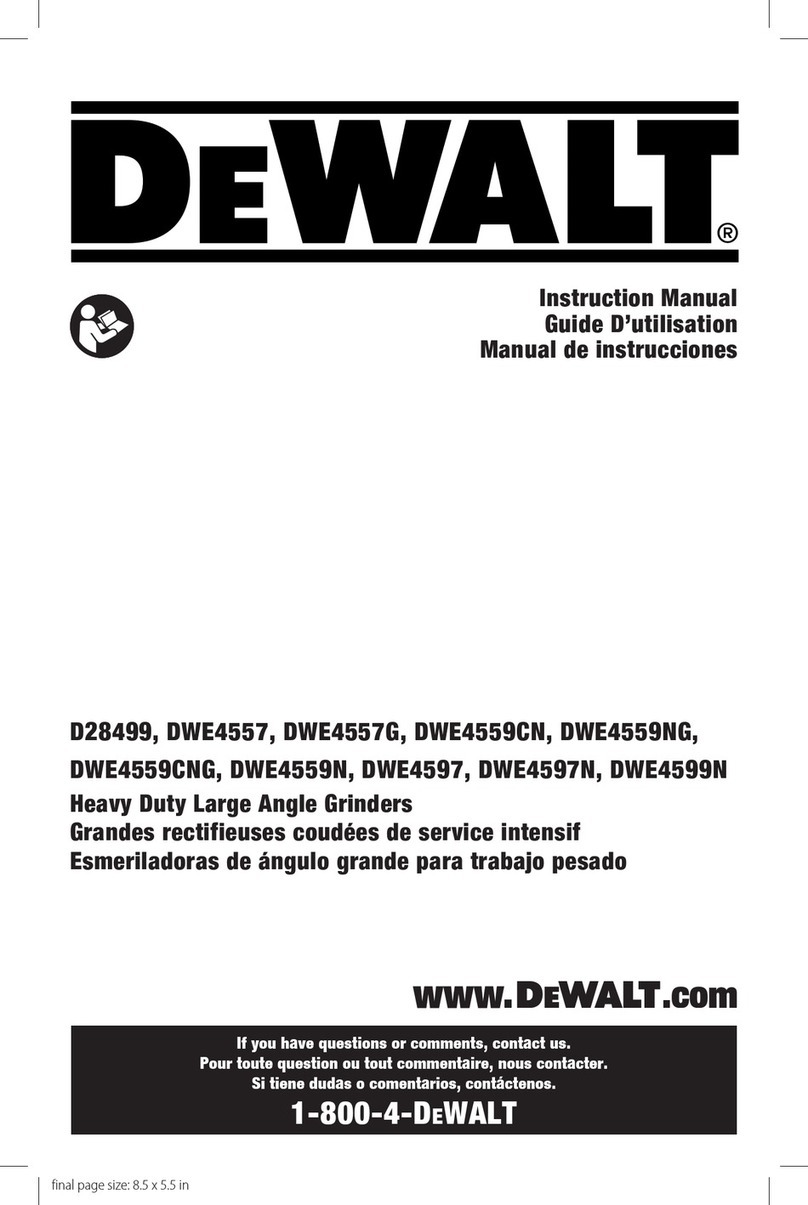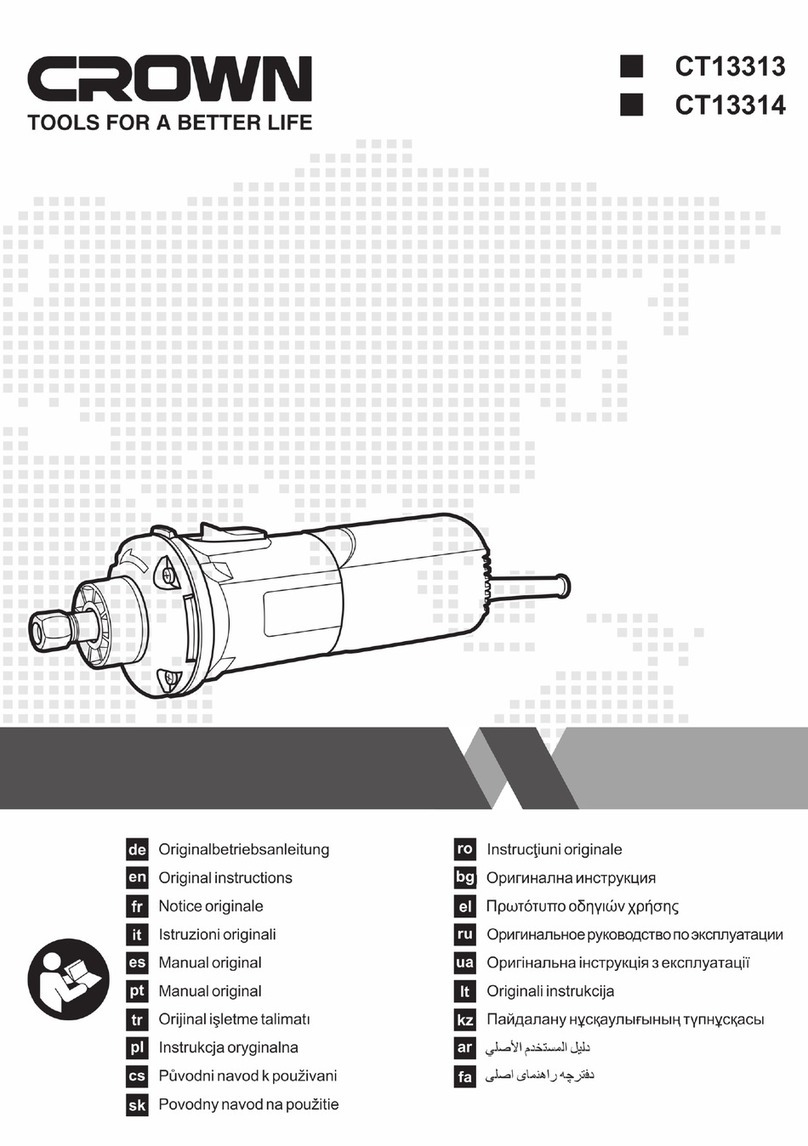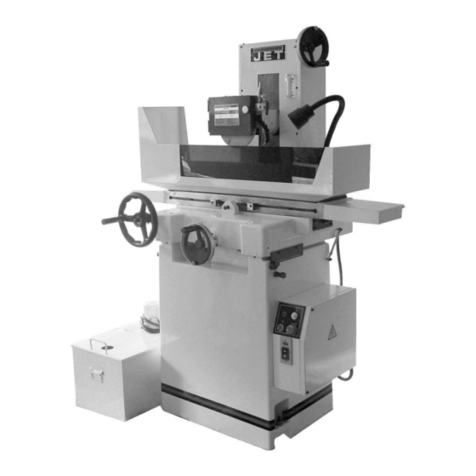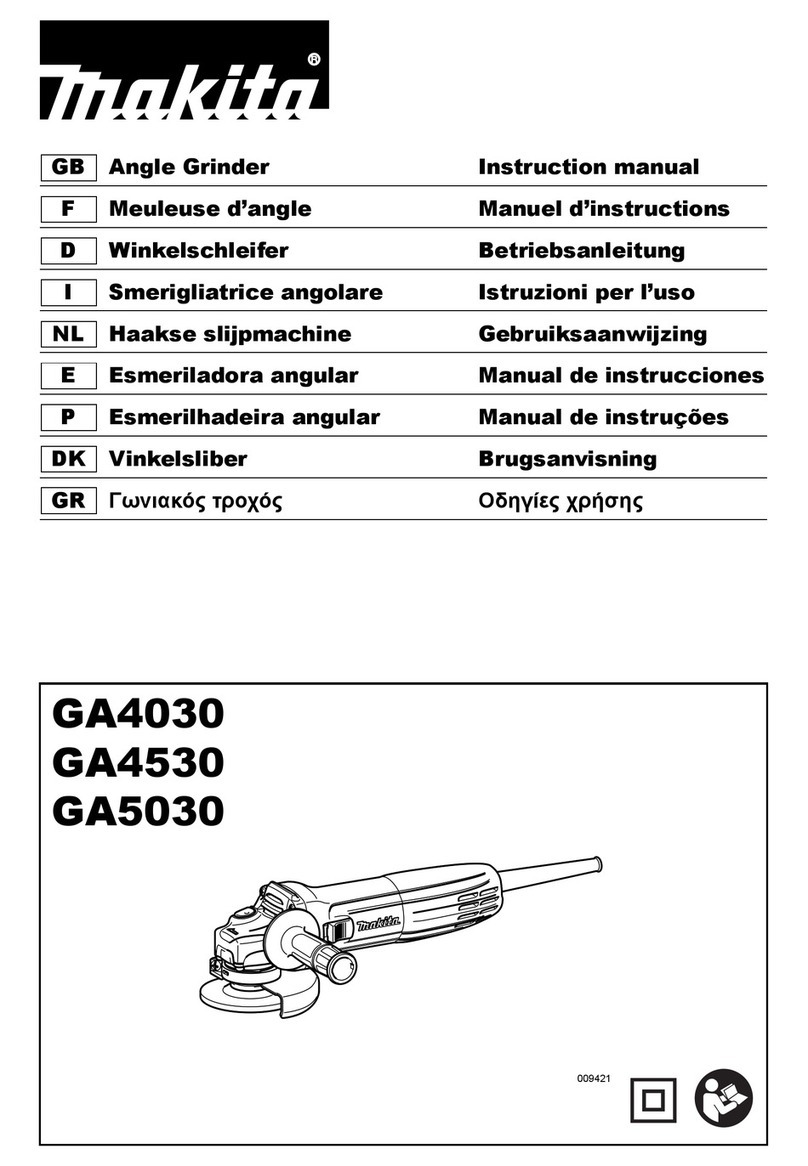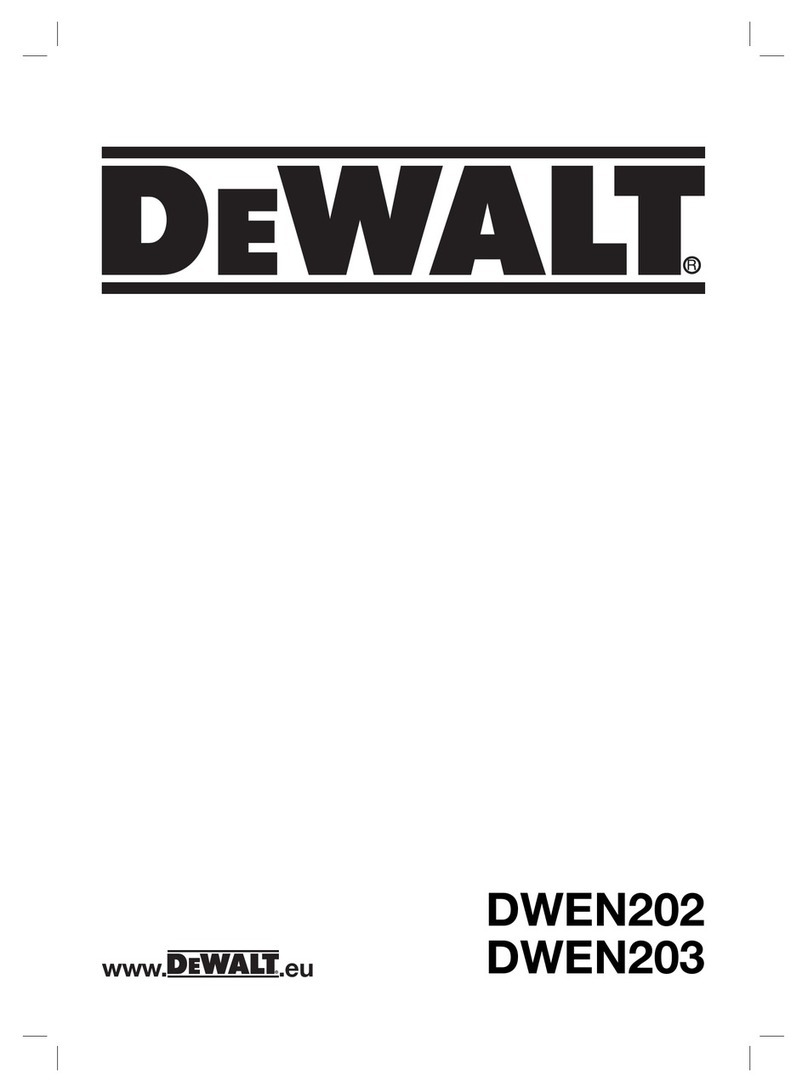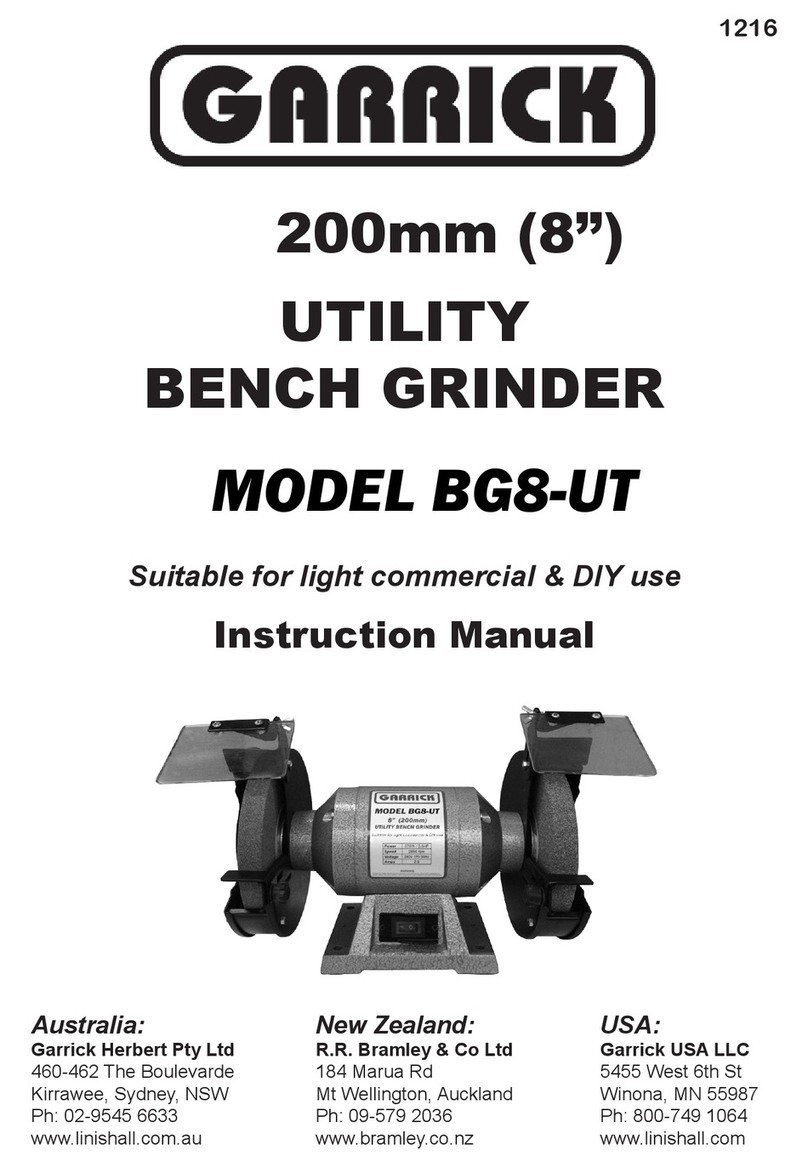
RG27/35/37 Operation • Service • Maintenance
8
Safety
Important Safety Information
Most accidents that involve product operation, maintenance
and repair are caused byfailure to observe basic safety rules or
precautions. An accident can often be avoided byrecognizing
potentially hazardous situations before an accident occurs.
A person must be alert to potential hazards. This person
should also have the necessary training, skills and tools to
perform these functions properly.
Improper operation, lubrication, maintenance or repair of this
product can be dangerous and could result in injury or death.
Do not operate or perform any lubrication, maintenance or
repair on this product, until you have read and understood
theoperation, lubrication, maintenance and repairinformation.
Safety precautions and warnings are provided in this manual
and on the product. If these hazard warnings are not heeded,
bodily injury or death could occur to you or to other persons.
The hazards are identified by the “Safety Alert Symbol”
and followed by a “Signal Word” such as “DANGER”,
“WARNING”or “CAUTION”. The Safety Alert “WARNING”
label is shown below.
Safety Warnings
To highlight specific safety information
the following designations are provided
to assist the reader.
This is the “Safety Alert” symbol. It is used
to ALERT you to the potential personalinjury
hazards. Obey all safety messages that follow this symbol to
avoid possible injury or death.
Indicates an imminently hazardous situation which, if not
avoided, could result in death or serious injury.
Indicates a potentially hazardous situation which, if not
avoided, will result in death or serious injury.
Indicates a potentially hazardous situation which, if not
avoided, may result in minor or moderate injury.
A message, either written or pictorial, follows to explain the
hazard. Rayco cannot anticipate every possible circumstance
that might involve a potential hazard. The warnings in this
publication and on the product are therefore not all inclusive.
If you desire to make use of a tool, procedure, work method,
or operating technique not specifically recommended by
Rayco, you must use it only if you have accurately evaluated
it and found that it threatens no one’s safety. You should
also ensure that the product will not be damaged or made
unsafe by the operation, lubrication, maintenance, or repair
procedures that you choose.
The procedures described in this “Safety” section may not
be fully explained here, but a more complete explanation is
given in the “Operation”, or in the “Maintenance” section.
The information, specifications, and illustrations in this
publication are on the basis of information that was available at
the time that the publication was written. The specifications,
torques, pressures, measurements, adjustments, illustrations,
and other items can change at any time. These changes can
affect the service that is given to the product. Obtain the
complete and most current information before you start any
job. Raycodealers have the most current information available.
Rayco Manufacturing, Inc. is greatly concerned with the
safety of the operator, as well as all in the vicinity of his work.
Rayco has provided shields, guards, safety decals and other
important safety features to aid in using the machine properly.
In order to further ensure your safety we ask that you properly
operate and service your machine.
This machine is capable of amputating hands and feet and
throwing objects.
Failure to observe safety instructions, improper operation,
lubrication, maintenance, or repair of this product could
result in severe injury or death.
Do not operate or perform any lubrication, maintenance, or
repair on this product, until you have read, you understand,
and you decide to do so in compliance with all of the
operation, lubrication, maintenance, and troubleshooting
information contained in these Operator and Parts Manuals
and that contained in the Engine Operator Manual, which are
included with this machine. Additional manuals are available
from Rayco or your Rayco dealer.
When replacement parts are required for this product Rayco
recommends using Rayco replacement parts or parts with
equivalent specifications including, but not limited to, physical
dimensions, type, strength and material.
Failure to heed this warning can lead to premature
failures, product damage, personal injury of death.
